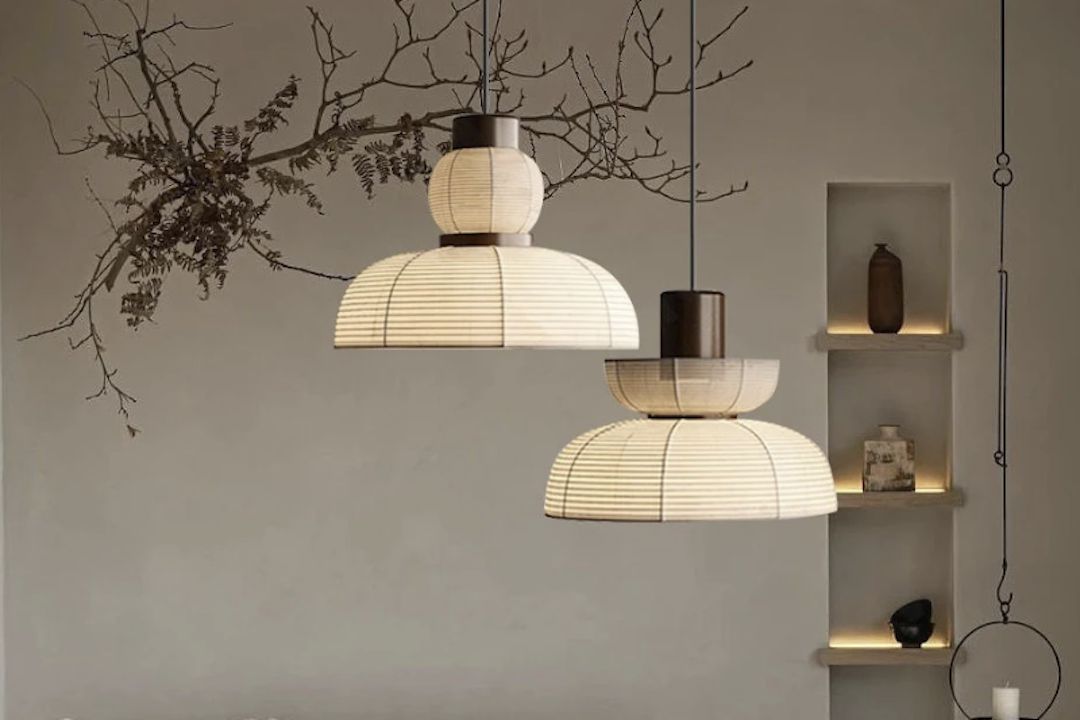
Understanding Wabi Sabi
In a world that often values perfection and uniformity, the Japanese concept of wabi sabi offers a refreshing perspective. Wabi sabi is a philosophy that appreciates the beauty of imperfection, impermanence, and incompleteness. This concept originated in the 15th century among tea masters and Buddhist monks, and it has since influenced Japanese art, design, and culture.
Wabi sabi celebrates the natural cycles of growth, decay, and death. It values the rustic, rough, and irregular qualities found in nature and handcrafted objects. It recognizes that beauty is not static or objective but rather dependent on the observer’s perspective and context. It encourages a mindful and humble approach to life, where one accepts and finds beauty in the transience and flaws of existence.
The Symbol of Wabi Sabi
The essence of wabi sabi can be encapsulated in its symbol. The wabi sabi symbol is a circle with a spiral inside. The circle represents the cyclical nature of life, while the spiral symbolizes the continuous transformation and growth within this cycle.Misls
The spiral inside the circle is not perfect or uniform but rather rough and uneven. This imperfection acknowledges the wabi sabi philosophy that beauty comes from imperfection, and it celebrates the unique qualities of the natural and handmade.
The wabi sabi symbol invites us to embrace the beauty of imperfection, to see the potential in the incomplete, and to find meaning in the cycles of life.
Application of Wabi Sabi
Wabi sabi can be applied to various aspects of life, from art and design to personal growth and lifestyle. Here are some examples of how wabi sabi can be incorporated into our lives:
Art and Design
Wabi sabi values simplicity, minimalism, and natural beauty. In art and design, this philosophy can be expressed through clean lines, subdued colors, and rough textures. Materials like wood, stone, and clay are preferred over synthetic and glossy surfaces. Imperfections like cracks, chips, and uneven finishes are embraced as part of the object’s journey and history.
Personal Growth
Wabi sabi encourages us to accept our imperfections and failures as part of our journey. It reminds us that growth and transformation come from embracing our flaws and learning from them. Instead of striving for perfection or comparison to others, we can focus on our unique qualities and experiences. Wabi sabi also encourages mindfulness and gratitude for the present moment, as it is fleeting and valuable.
Lifestyle
Wabi sabi can inspire a simpler and more mindful lifestyle. It encourages us to declutter and focus on the essentials, to live in harmony with nature, and to find beauty in the everyday. It invites us to slow down, appreciate the small details, and savor the moment. Wabi sabi reminds us that we are part of a larger cycle of life and invites us to live in a way that honors this connection.
The wabi sabi symbol reminds us of the beauty of imperfection and the cyclical nature of life. It invites us to embrace our unique qualities and find meaning in the imperfect and incomplete. By incorporating wabi sabi into our lives, we can cultivate a mindful, humble, and appreciative approach to the world around us. The wa








